Home>Gardening & Outdoor>Landscaping Ideas>How To Raise Grass-Fed Cattle
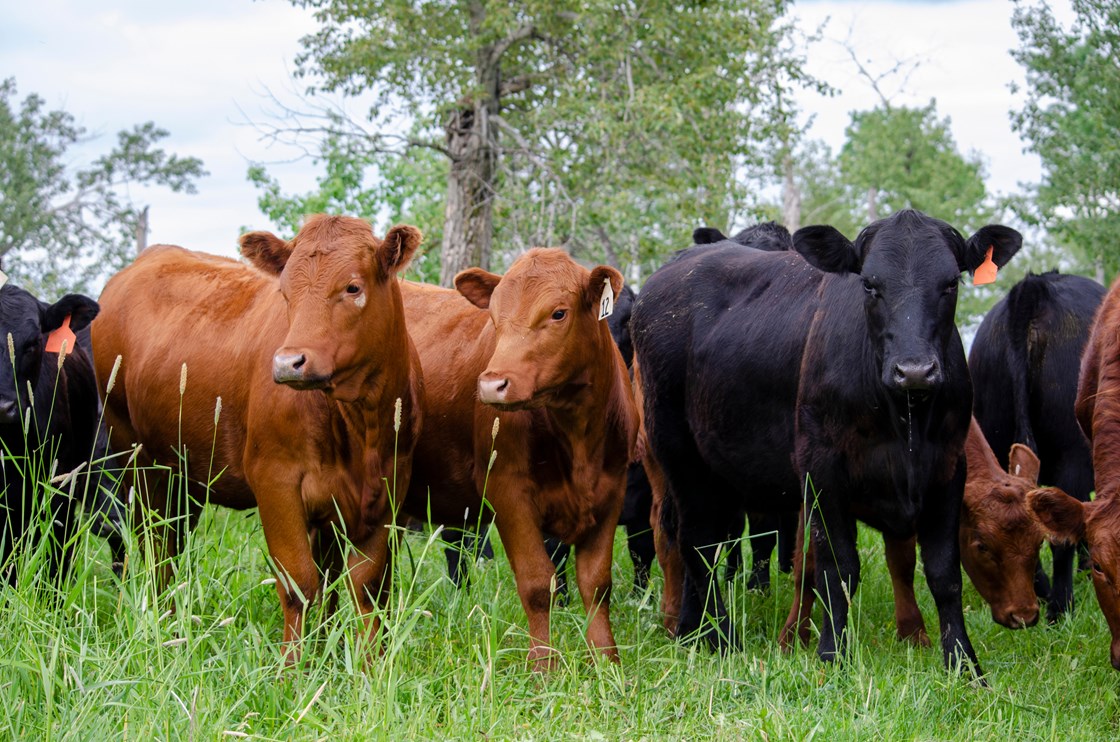

Landscaping Ideas
How To Raise Grass-Fed Cattle
Modified: September 2, 2024
Learn how to raise grass-fed cattle with our expert landscaping ideas. Discover sustainable methods for grazing and nurturing your livestock. Start your journey to sustainable farming today!
(Many of the links in this article redirect to a specific reviewed product. Your purchase of these products through affiliate links helps to generate commission for Storables.com, at no extra cost. Learn more)
Introduction
Are you considering raising grass-fed cattle? If so, you're on the path to producing high-quality, nutritious beef while promoting sustainable and environmentally friendly farming practices. Raising grass-fed cattle is not only rewarding but also contributes to the well-being of the animals and the land they graze on. In this comprehensive guide, we will delve into the essential aspects of raising grass-fed cattle, from understanding their unique characteristics to creating an optimal grazing system and managing their health and welfare. Furthermore, we will explore the selection of suitable breeds and the marketing of grass-fed beef. By the end of this journey, you will be equipped with the knowledge and insights needed to embark on a successful grass-fed cattle venture. So, let's embark on this enriching and fulfilling journey into the world of grass-fed cattle farming.
Key Takeaways:
- Raising grass-fed cattle involves thoughtful breed selection, efficient grazing systems, and holistic health management, promoting sustainable and ethical farming practices while meeting the demand for high-quality beef.
- Effective marketing of grass-fed beef emphasizes nutritional benefits, sustainable farming, and transparent storytelling, connecting with conscientious consumers and contributing to the growth of responsibly produced meat.
Read more: How To Fatten Cattle On Grass
Understanding Grass-Fed Cattle
Grass-fed cattle, also known as pasture-raised cattle, are raised on a diet primarily composed of grass and forage. Unlike conventionally raised cattle, which are often fed grain-based diets in feedlots, grass-fed cattle spend their entire lives grazing on open pastures. This natural and traditional approach to cattle farming aligns with the animals’ biological and digestive needs, resulting in beef that is leaner, more flavorful, and packed with essential nutrients.
Grass-fed cattle are well-suited to a free-range lifestyle, as they possess the instinctual ability to forage for a diverse range of grasses, legumes, and other edible plants. This grazing behavior not only fulfills their nutritional requirements but also contributes to the maintenance and regeneration of the pasture ecosystem. Additionally, the cattle’s natural grazing patterns help improve soil health, enhance biodiversity, and support the overall sustainability of the farm.
By raising grass-fed cattle, farmers play a vital role in preserving and promoting environmentally conscious agricultural practices. The symbiotic relationship between the cattle and the land they graze on fosters a harmonious and sustainable ecosystem, benefiting both the animals and the environment. Furthermore, consumers increasingly seek out grass-fed beef due to its superior nutritional profile, lower environmental impact, and the ethical considerations associated with pasture-raised livestock.
Understanding the unique characteristics and benefits of grass-fed cattle is the foundation for successful and conscientious cattle farming. This knowledge forms the basis for making informed decisions throughout the various stages of raising and managing grass-fed cattle, from breed selection to grazing systems and beyond.
Selecting the Right Breeds
When venturing into grass-fed cattle farming, selecting the right breeds is a critical decision that significantly influences the success and sustainability of your operation. Certain cattle breeds are better suited to thrive on a diet primarily composed of grass and forage, exhibiting traits that align with the requirements of pasture-based farming systems.
Among the various breeds, certain characteristics make them particularly well-suited for grass-fed production. For example, heritage breeds such as Angus, Hereford, and Red Devon are renowned for their ability to efficiently convert grass into high-quality beef. These breeds have adapted over generations to thrive on pasture-based diets, exhibiting traits such as excellent foraging abilities, efficient utilization of grass, and the capacity to produce well-marbled, flavorful beef.
Additionally, docility, adaptability to diverse environmental conditions, and resilience to common pasture-related challenges are desirable traits to consider when selecting grass-fed cattle breeds. These attributes contribute to the overall health and welfare of the animals, as well as the efficiency and sustainability of the farming operation.
Furthermore, it’s essential to consider the specific requirements of your local climate and terrain when choosing cattle breeds. Some breeds may excel in certain geographic regions or climates, while others are more versatile and adaptable to diverse environments. By selecting breeds that are well-suited to your specific farming conditions, you can optimize the cattle’s ability to thrive on pasture and contribute to the overall productivity and sustainability of your farm.
Ultimately, the selection of the right breeds for grass-fed cattle farming involves a thoughtful evaluation of various factors, including genetic traits, environmental adaptability, and overall suitability for pasture-based systems. By choosing breeds that align with the principles of grass-fed production and the unique characteristics of your farming environment, you can lay a solid foundation for a successful and sustainable grass-fed cattle operation.
Creating a Suitable Grazing System
Establishing a well-designed and efficient grazing system is paramount to the success of a grass-fed cattle operation. A suitable grazing system not only supports the health and well-being of the cattle but also promotes the sustainable management of pastures and the overall ecological balance of the farm.
Rotational grazing, also known as managed intensive grazing, is a widely recognized and effective approach for optimizing pasture utilization and promoting regenerative land management. This system involves dividing the grazing area into smaller paddocks and rotating the cattle through these sections in a controlled and strategic manner. By allowing the pasture to rest and regenerate between grazing periods, rotational grazing encourages the growth of diverse forage species, improves soil fertility, and reduces the risk of overgrazing.
Implementing rotational grazing offers numerous benefits, including enhanced forage quality, increased carrying capacity, and improved nutrient distribution across the pasture. Additionally, this approach facilitates better control over grazing pressure, leading to more uniform forage utilization and reduced soil compaction. As a result, the cattle have access to fresh, nutritious forage while the pasture ecosystem thrives and regenerates, contributing to the long-term sustainability of the farm.
Furthermore, integrating legumes and diverse forage species into the pasture can enrich the nutritional content of the cattle’s diet, providing essential proteins and minerals while enhancing soil fertility through nitrogen fixation. By creating a biodiverse grazing environment, farmers can support the overall health and productivity of their grass-fed cattle while promoting ecological resilience and sustainability.
Effective grazing management also involves monitoring and adapting the grazing system to seasonal variations, weather patterns, and the specific nutritional needs of the cattle. By carefully observing the behavior of the animals and the condition of the pasture, farmers can make informed decisions to optimize grazing efficiency and ensure the well-being of the cattle and the land.
In essence, creating a suitable grazing system for grass-fed cattle entails thoughtful planning, proactive management, and a deep understanding of the interconnected relationship between the animals, the pasture, and the broader ecosystem. By implementing a well-structured grazing system, farmers can maximize the potential of their grass-fed cattle operation while fostering sustainable land stewardship.
Rotate your cattle to new pasture regularly to ensure they have access to fresh, nutrient-rich grass and to prevent overgrazing. This will help promote healthy growth and development.
Providing Proper Nutrition
Ensuring that grass-fed cattle receive adequate and balanced nutrition is fundamental to their health, well-being, and overall productivity. While grazing on pasture provides the foundation of their diet, supplemental nutrition and strategic pasture management play crucial roles in meeting their nutritional requirements and optimizing their growth and development.
Grass-fed cattle thrive on a diverse array of forages, including grasses, legumes, and other edible plants that offer a spectrum of essential nutrients. Monitoring the quality and availability of forage throughout the grazing seasons is essential to ensure that the cattle receive the necessary nutrients for optimal growth and performance. Additionally, strategic pasture rotation and management practices can help maintain the nutritional value of the forage and prevent overgrazing, thus supporting the long-term health of the pasture ecosystem.
Supplemental feeding may be necessary during periods of limited forage availability, such as winter or dry seasons. Providing high-quality hay, silage, or other appropriate forage-based supplements can help bridge nutritional gaps and support the cattle’s well-being. It is important to select supplements that align with the natural digestive processes of cattle and complement the nutritional profile of the available forage, promoting balanced and sustainable nutrition.
Furthermore, ensuring access to clean, fresh water is paramount for the health and hydration of grass-fed cattle. Adequate water sources should be strategically located within the grazing area to encourage regular hydration and support the cattle’s overall well-being, particularly during hot weather or periods of increased physical activity.
Understanding the nutritional needs of grass-fed cattle at different life stages is essential for providing targeted and effective nutrition. For example, pregnant or lactating cows, growing calves, and mature bulls may have distinct nutritional requirements that necessitate tailored feeding strategies. By considering the specific needs of each group within the herd, farmers can optimize their nutritional management and support the overall health and productivity of the cattle.
In essence, providing proper nutrition for grass-fed cattle involves a holistic approach that integrates pasture management, supplemental feeding, and attentive monitoring of the herd’s nutritional status. By prioritizing balanced and sustainable nutrition, farmers can ensure the well-being and vitality of their grass-fed cattle while fostering a thriving and resilient farming ecosystem.
Read more: What Is Grass-Fed
Managing Health and Welfare
Ensuring the health and welfare of grass-fed cattle is a foundational priority for farmers committed to ethical and sustainable livestock management. Proactive health management practices, attentive care, and a deep understanding of cattle behavior are essential components of promoting the well-being and vitality of the herd.
Regular health assessments and preventive measures form the cornerstone of effective cattle health management. Establishing a comprehensive vaccination program, tailored to the specific disease risks in the region, can help safeguard the herd against common illnesses and minimize the impact of potential outbreaks. Additionally, routine parasite control and monitoring for signs of illness or distress are integral aspects of maintaining the overall health and resilience of grass-fed cattle.
Furthermore, providing adequate shelter and protection from extreme weather conditions, such as heat, cold, or inclement weather, is crucial for supporting the welfare of the cattle. Access to well-designed shelters, shade, and clean bedding contributes to their comfort and helps mitigate the stress associated with environmental challenges, promoting overall health and resilience.
Observing and understanding the natural behavior of cattle is essential for identifying signs of discomfort, injury, or disease. By recognizing subtle changes in behavior or physical condition, farmers can promptly address potential health issues and provide appropriate care, thereby minimizing the impact on the individual animal and the broader herd.
Effective herd management also involves promoting low-stress handling techniques and minimizing disturbances that could agitate the cattle. Calm and respectful interactions between farmers and the herd contribute to a tranquil and harmonious environment, reducing the likelihood of stress-related health issues and fostering a positive and trusting relationship between humans and cattle.
Moreover, working closely with a veterinarian and seeking professional guidance when addressing health concerns or implementing management practices can further enhance the overall health and welfare of grass-fed cattle. Collaborating with experts in animal health and welfare ensures that the herd receives the best possible care and support, aligning with the principles of responsible and compassionate livestock management.
In essence, managing the health and welfare of grass-fed cattle involves a holistic approach that encompasses preventive health measures, attentive care, and a deep respect for the natural behavior and well-being of the animals. By prioritizing the health and comfort of the herd, farmers can foster a thriving and resilient environment for their grass-fed cattle, promoting ethical and sustainable livestock management practices.
Marketing Grass-Fed Beef
Effectively marketing grass-fed beef involves conveying the unique qualities and benefits of pasture-raised, sustainably produced beef to consumers who prioritize quality, nutrition, and ethical food choices. As the demand for grass-fed beef continues to grow, strategic marketing approaches can help farmers showcase the superior attributes of their product and connect with conscientious consumers seeking high-quality, environmentally friendly meat.
Storytelling plays a pivotal role in marketing grass-fed beef, allowing farmers to share the journey of their cattle, the sustainable farming practices employed, and the dedication to animal welfare and land stewardship. Communicating the farm’s values, commitment to sustainable agriculture, and the natural, wholesome upbringing of the cattle resonates with consumers who seek transparency and authenticity in their food choices.
Emphasizing the nutritional advantages of grass-fed beef, such as higher levels of beneficial omega-3 fatty acids, conjugated linoleic acid (CLA), and essential vitamins and minerals, can appeal to health-conscious consumers seeking nutrient-dense and wholesome protein sources. Educating consumers about the positive impact of grass-fed beef on personal health and well-being can be a compelling aspect of marketing efforts.
Cultivating partnerships with local markets, specialty grocers, and farm-to-table restaurants can expand the reach of grass-fed beef products within the community. Collaborating with retailers and chefs who prioritize sustainable and ethically sourced ingredients can create opportunities to showcase the unique flavors and culinary versatility of grass-fed beef, fostering a deeper appreciation for the product among discerning consumers.
Engaging with consumers through educational events, farm tours, and social media platforms can provide valuable opportunities to build personal connections and convey the farm’s commitment to sustainable and ethical farming practices. Sharing behind-the-scenes glimpses of daily life on the farm, the grazing practices, and the care provided to the cattle can humanize the farming experience and resonate with consumers seeking authentic and responsibly produced food.
Certifications from reputable organizations, such as the American Grassfed Association (AGA) and Certified Humane, can lend credibility to the farm’s commitment to ethical and sustainable practices, offering assurance to consumers who prioritize animal welfare and environmental stewardship. Highlighting these certifications in marketing materials and product labeling can instill confidence in the integrity of the grass-fed beef being offered.
Ultimately, effective marketing of grass-fed beef involves conveying a compelling narrative that aligns with consumers’ values, emphasizing the nutritional benefits, fostering partnerships within the local food community, and transparently sharing the farm’s commitment to sustainable and ethical practices. By authentically communicating the unique qualities of grass-fed beef, farmers can connect with conscientious consumers and contribute to the growing demand for responsibly produced, high-quality meat.
Conclusion
Embarking on the journey of raising grass-fed cattle is a rewarding and purposeful endeavor that encompasses the principles of sustainable agriculture, ethical livestock management, and the production of high-quality, nutrient-rich beef. Through a deep understanding of the unique characteristics of grass-fed cattle, the implementation of thoughtful grazing systems, and the prioritization of nutrition, health, and welfare, farmers can cultivate a thriving and resilient farming ecosystem while meeting the growing demand for responsibly produced meat.
By selecting breeds that are well-suited to pasture-based systems and creating efficient grazing systems that promote regenerative land management, farmers can optimize the health and productivity of their grass-fed cattle while contributing to the sustainability of the farm. Providing balanced nutrition, proactive health management, and attentive care further supports the well-being and vitality of the herd, fostering a harmonious and ethical approach to livestock farming.
Moreover, effective marketing strategies that emphasize the nutritional benefits, sustainable farming practices, and the farm’s commitment to ethical livestock management can connect with conscientious consumers seeking high-quality, environmentally friendly meat. Building transparent and authentic connections with consumers, cultivating partnerships within the local food community, and sharing the farm’s story can elevate the appreciation for grass-fed beef and contribute to the growth of sustainable, pasture-raised meat production.
Ultimately, the journey of raising grass-fed cattle embodies a holistic and interconnected approach that harmonizes the well-being of the animals, the health of the land, and the values of conscientious consumers. By embracing the principles of sustainability, ethical stewardship, and quality production, farmers can cultivate a thriving and purposeful grass-fed cattle operation that enriches the farming experience and contributes to a more sustainable and conscientious food system.
As we conclude this enriching exploration of grass-fed cattle farming, may the knowledge and insights shared serve as a guiding light for those embarking on this fulfilling journey, fostering a deep appreciation for the interconnected relationship between the animals, the land, and the communities that embrace the values of sustainable and ethical agriculture.
Frequently Asked Questions about How To Raise Grass-Fed Cattle
Was this page helpful?
At Storables.com, we guarantee accurate and reliable information. Our content, validated by Expert Board Contributors, is crafted following stringent Editorial Policies. We're committed to providing you with well-researched, expert-backed insights for all your informational needs.
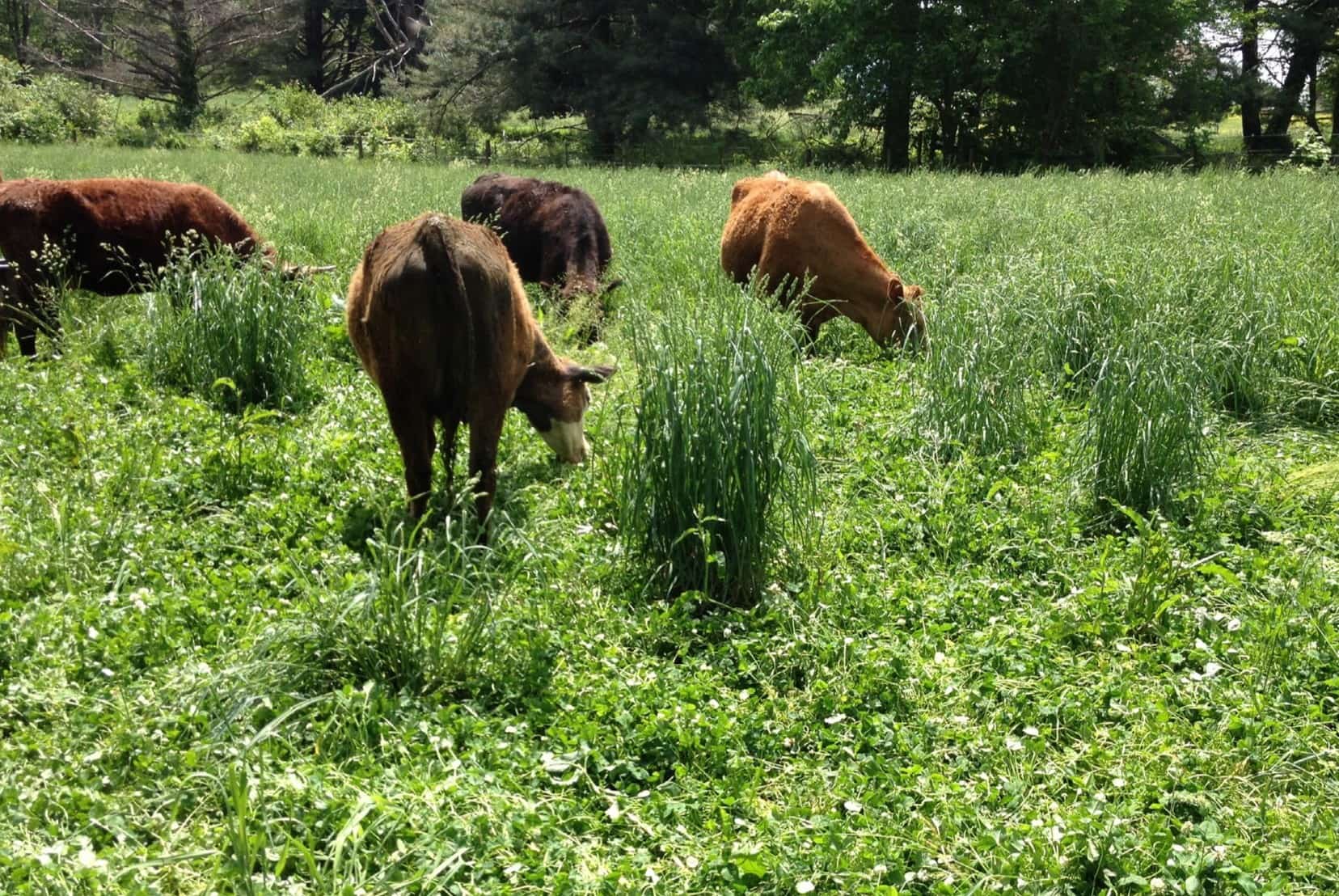
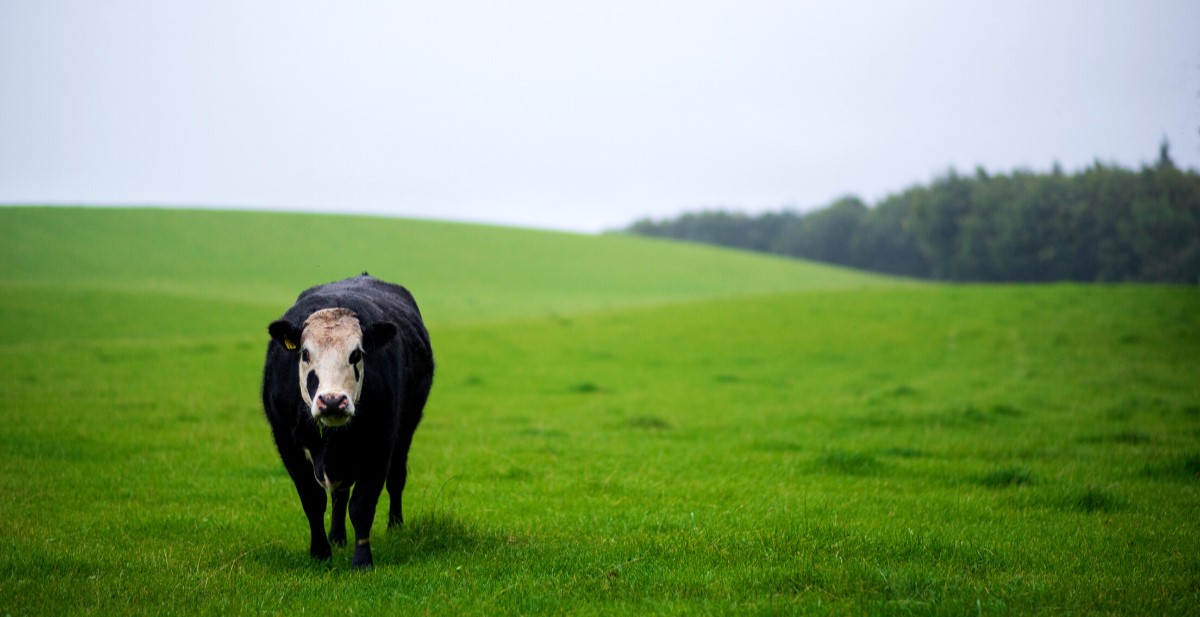
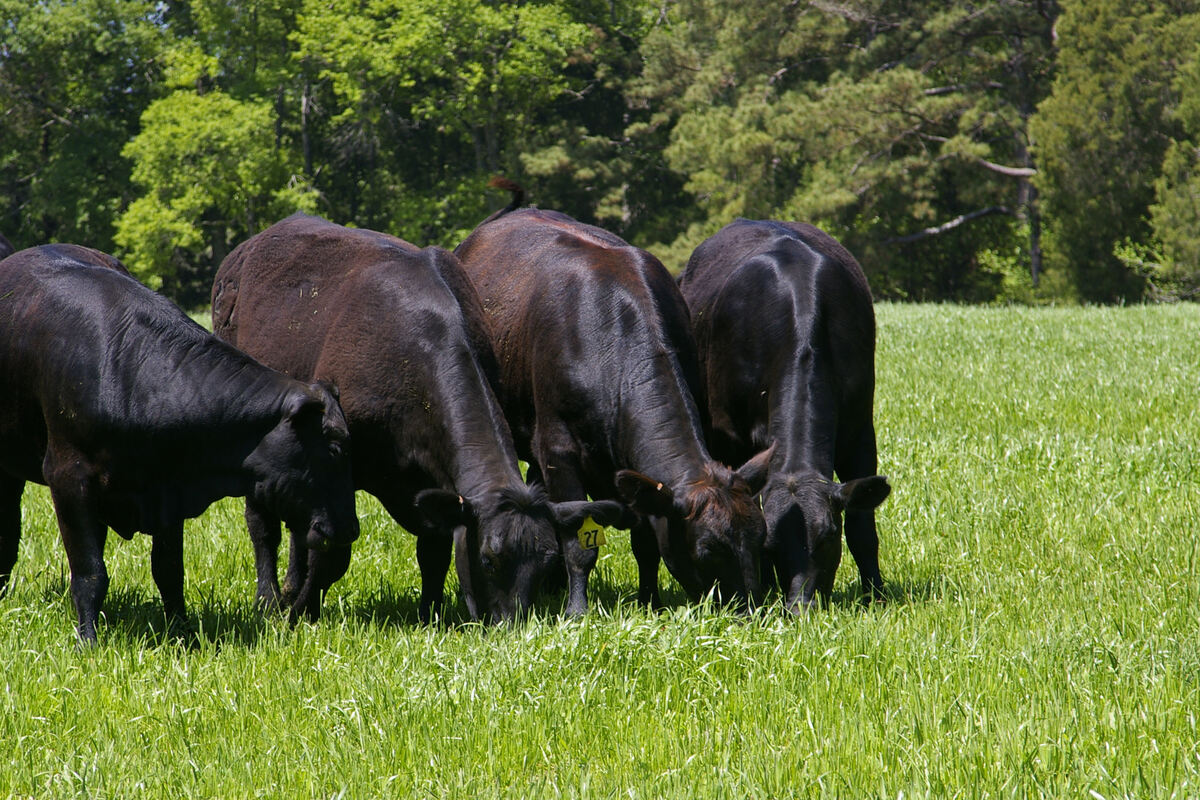
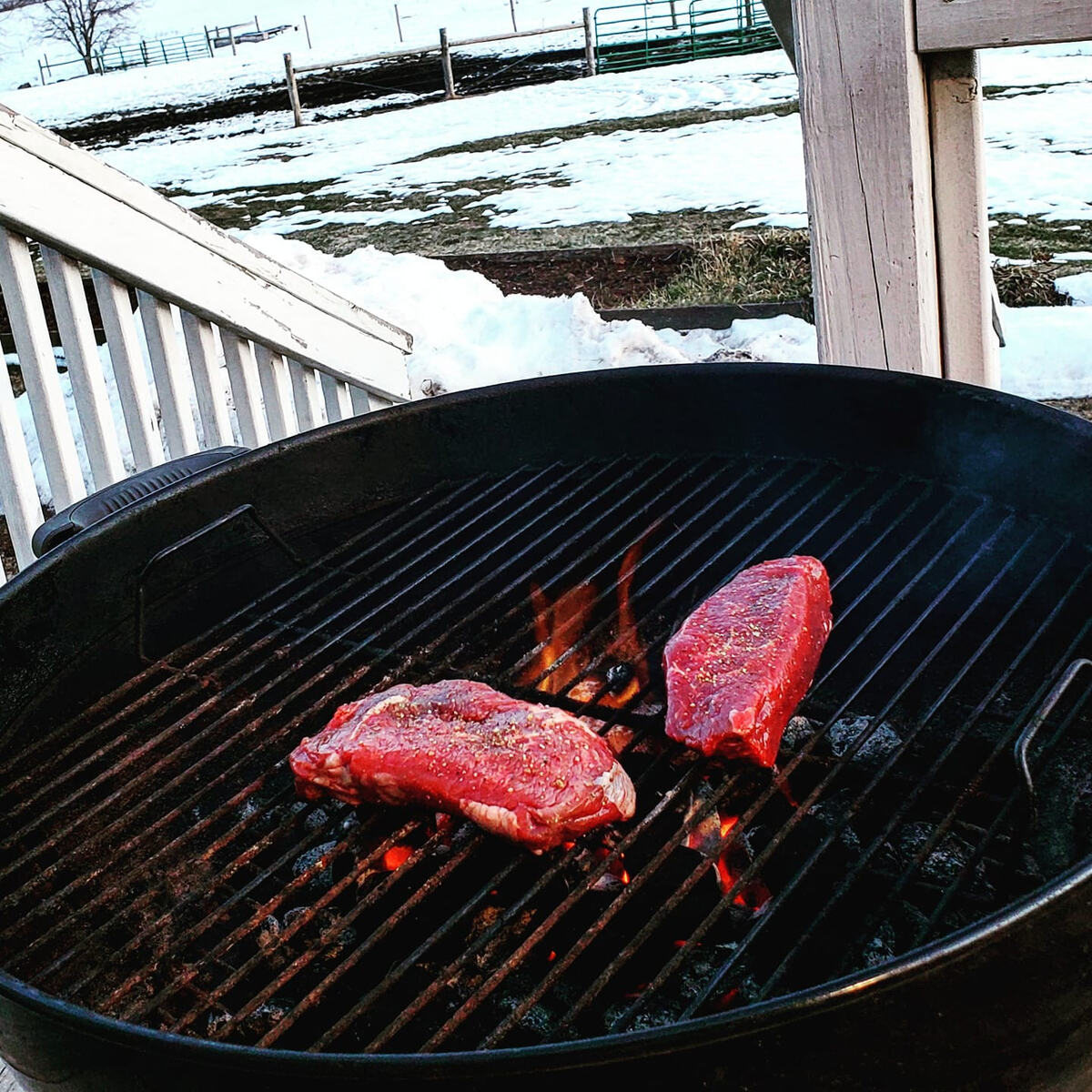
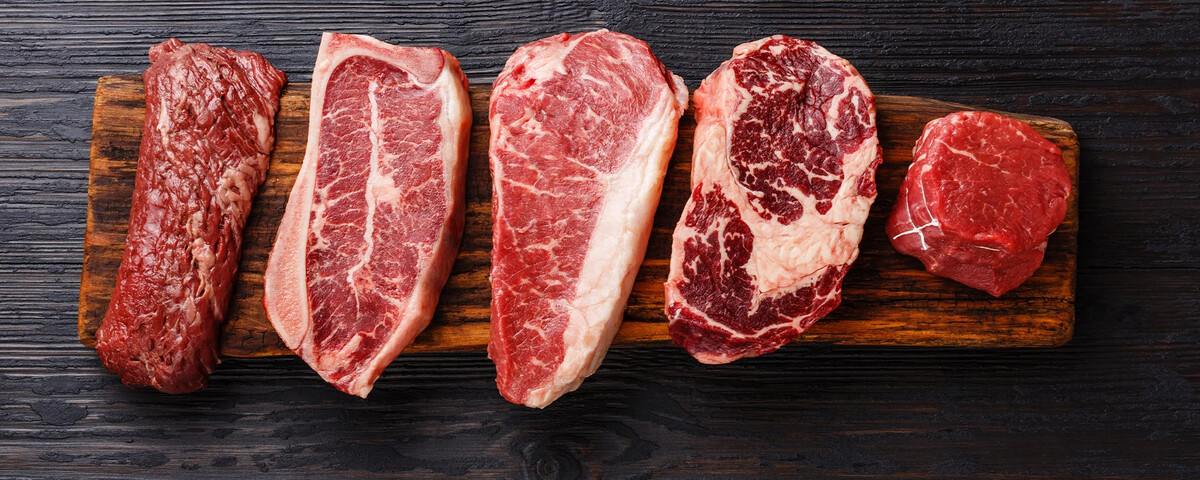
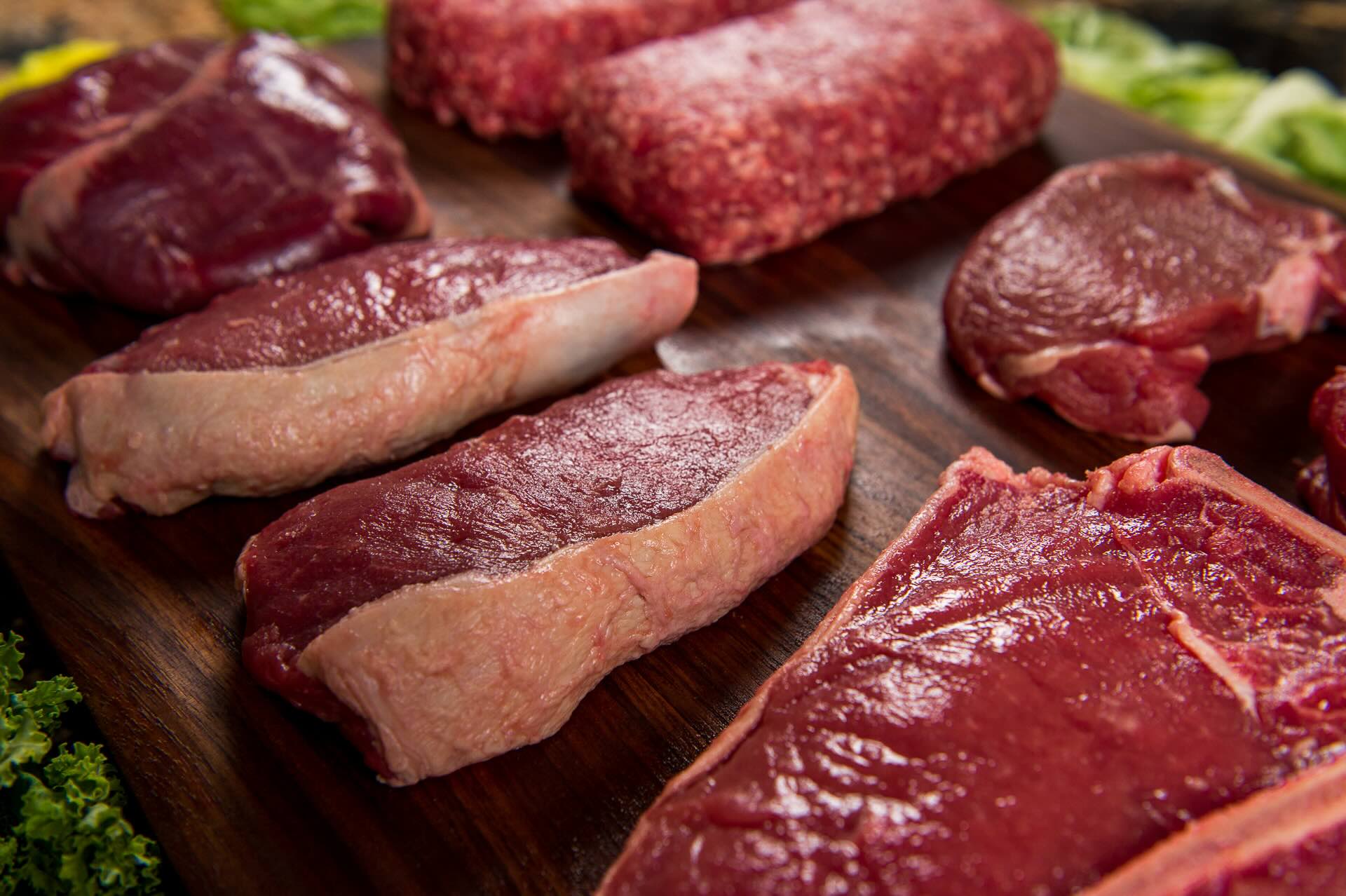
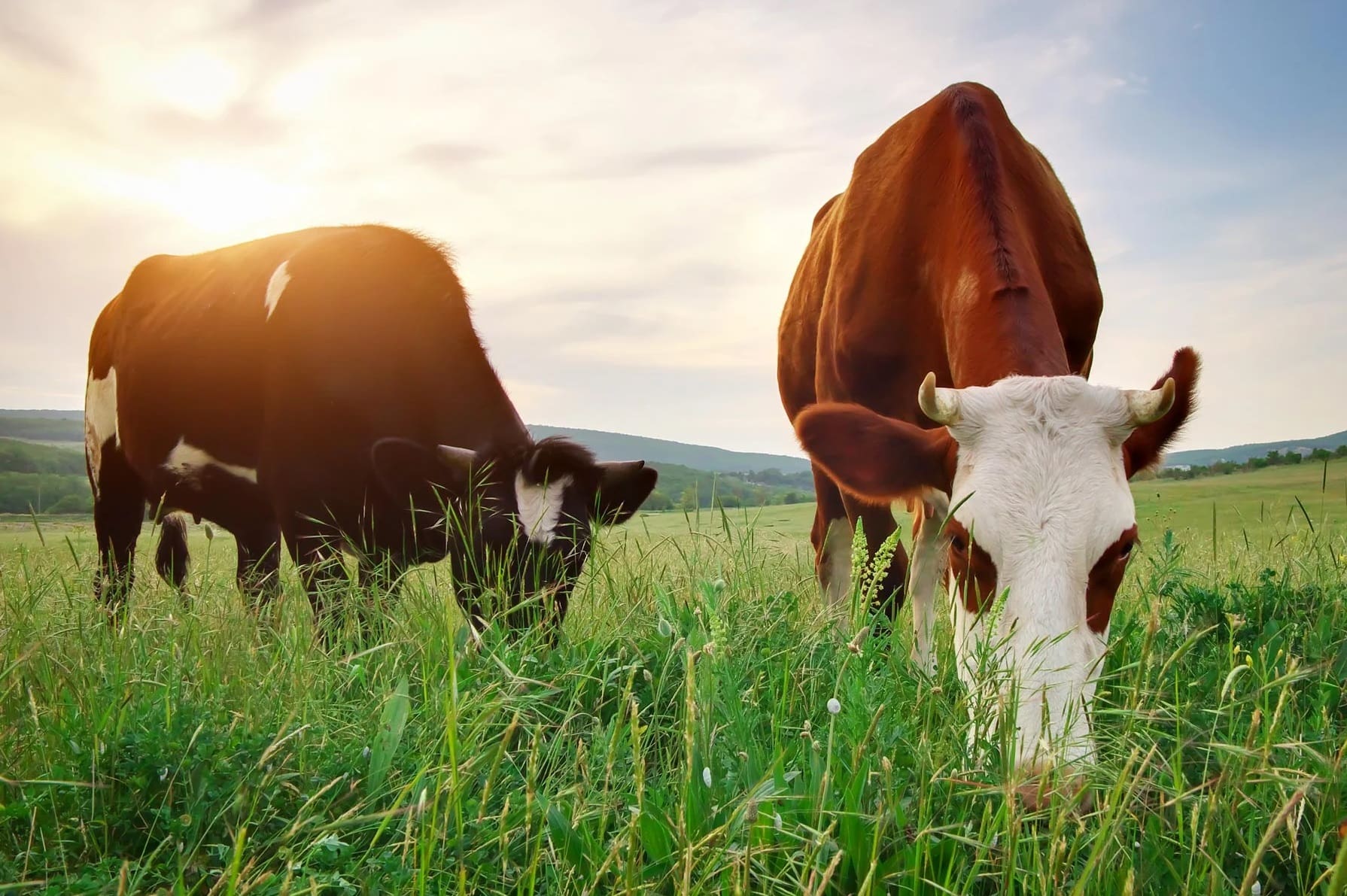
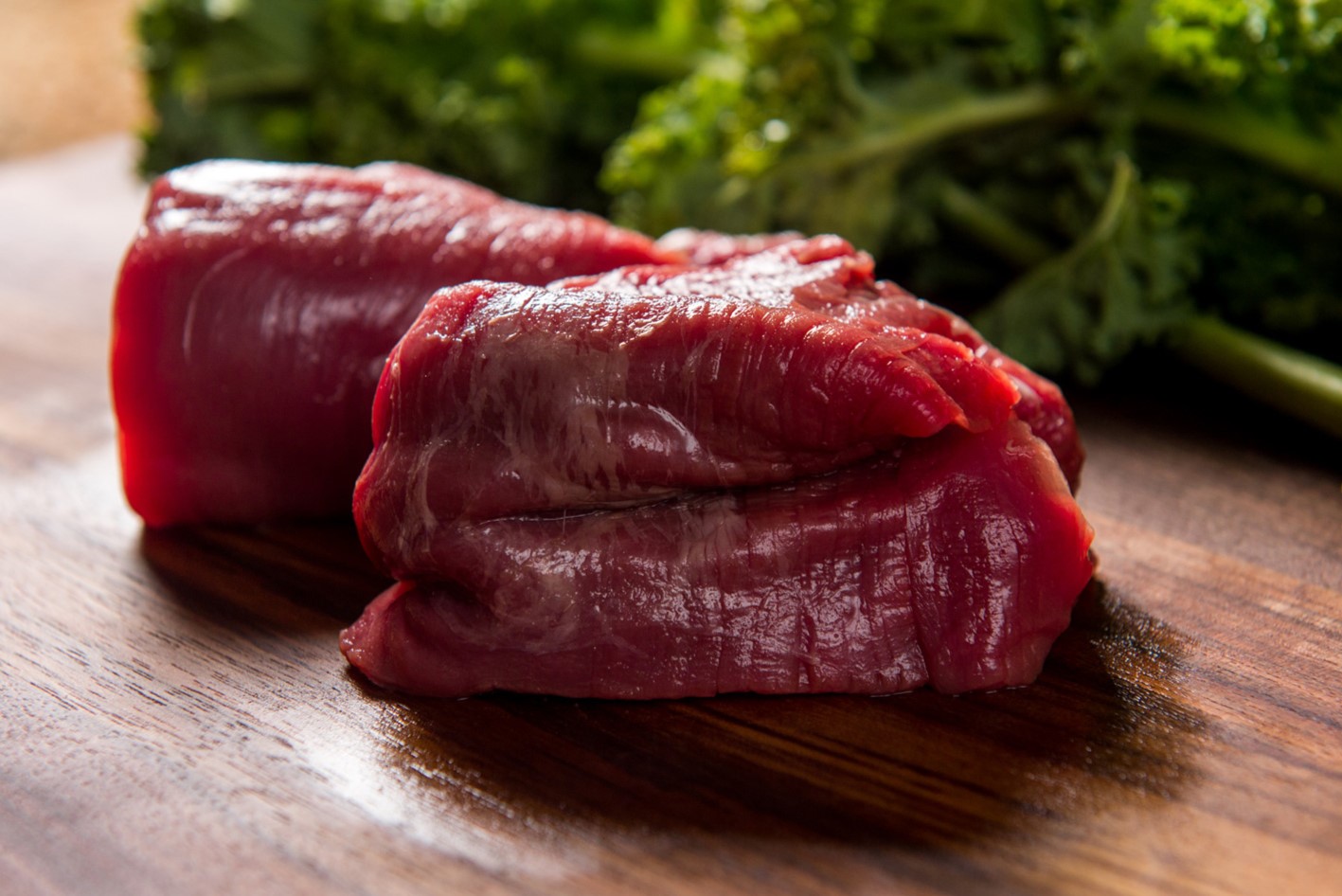
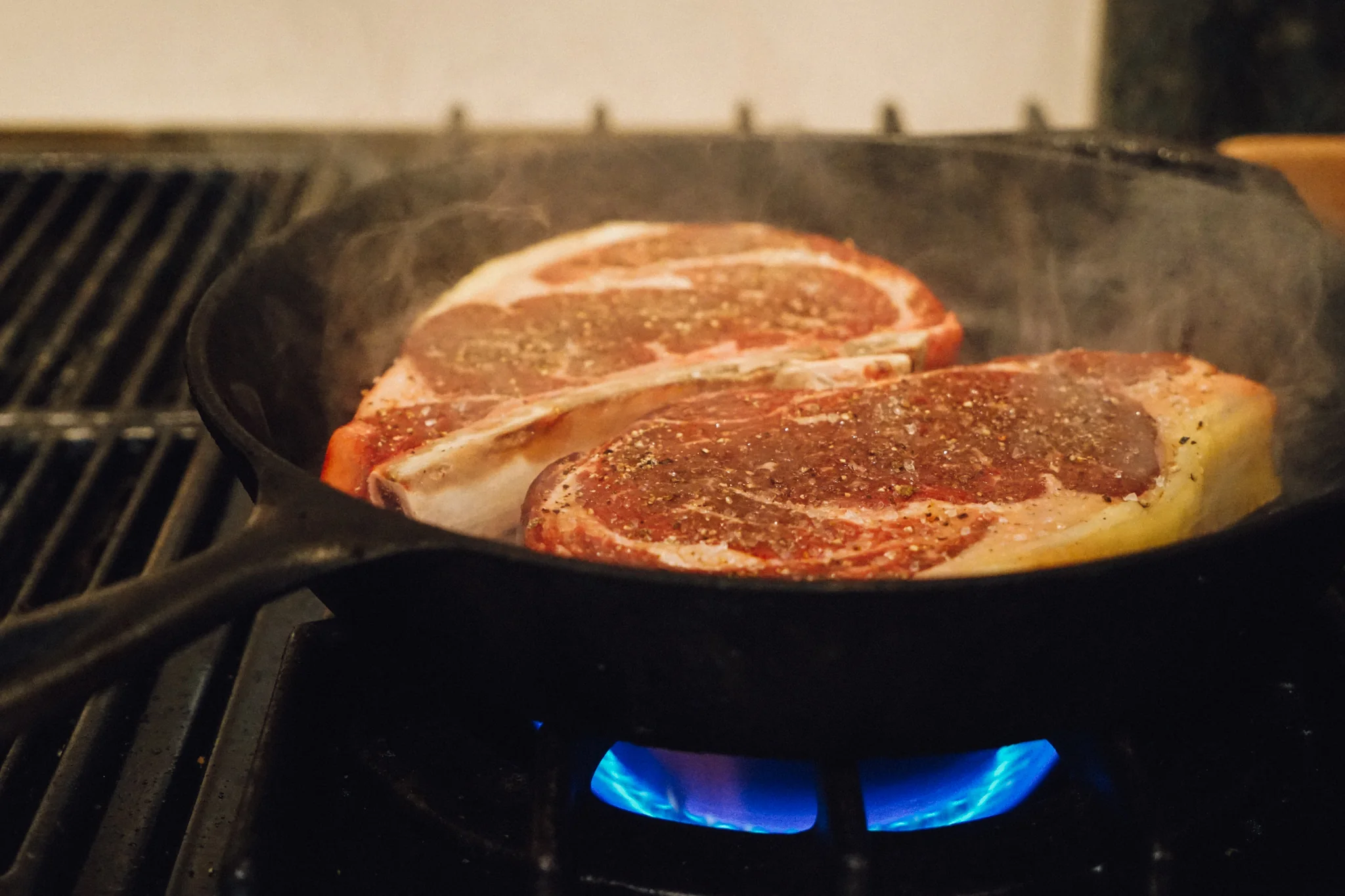
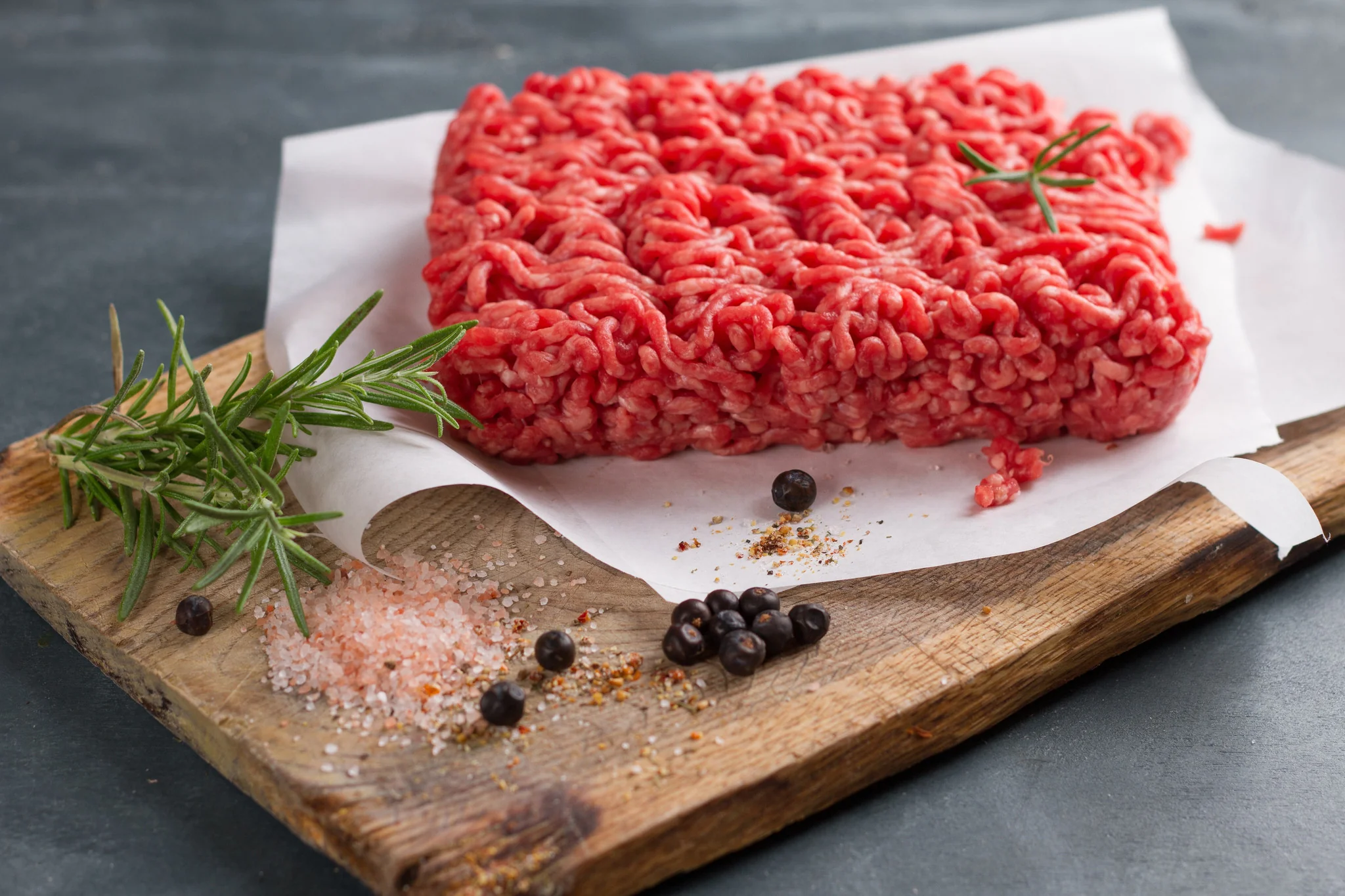

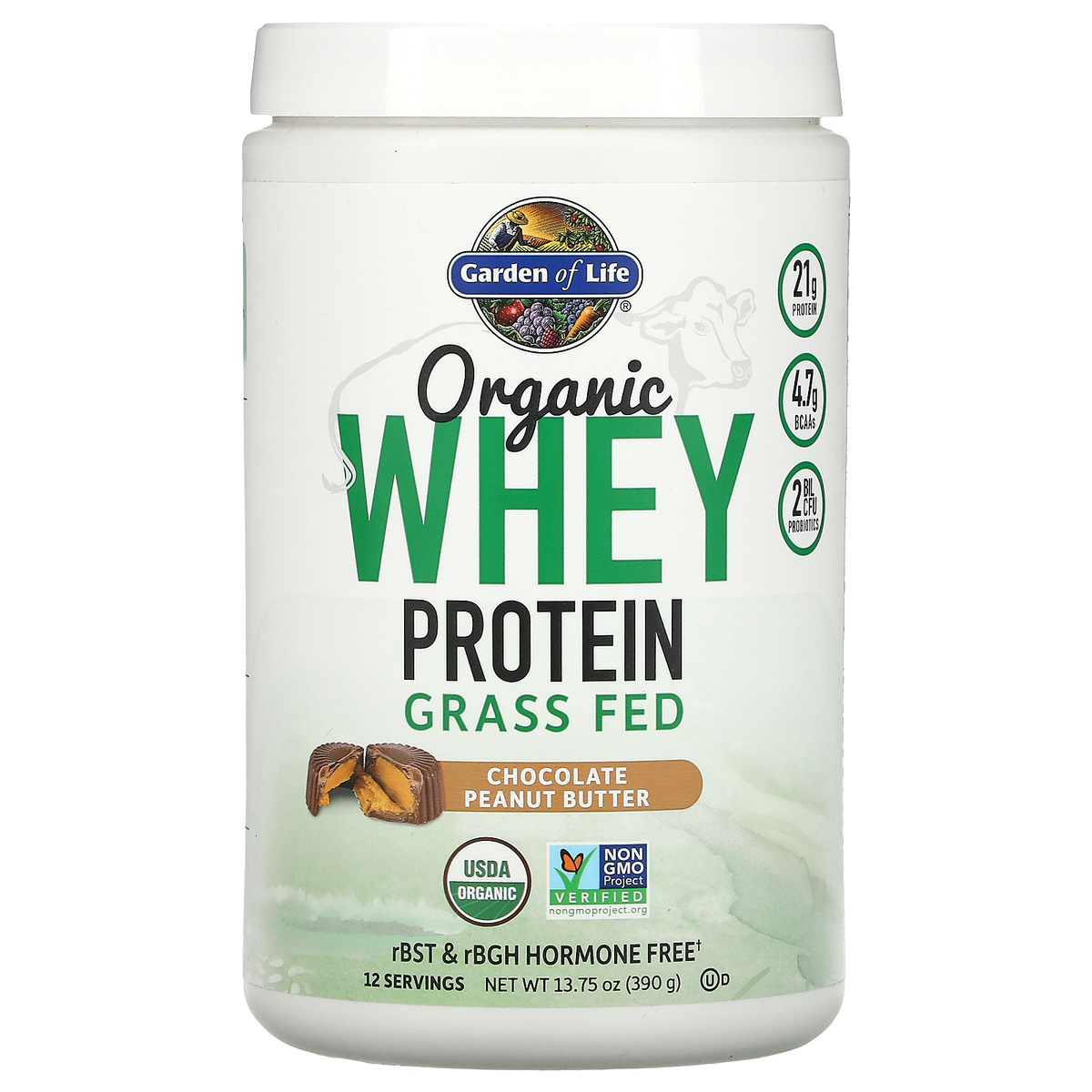
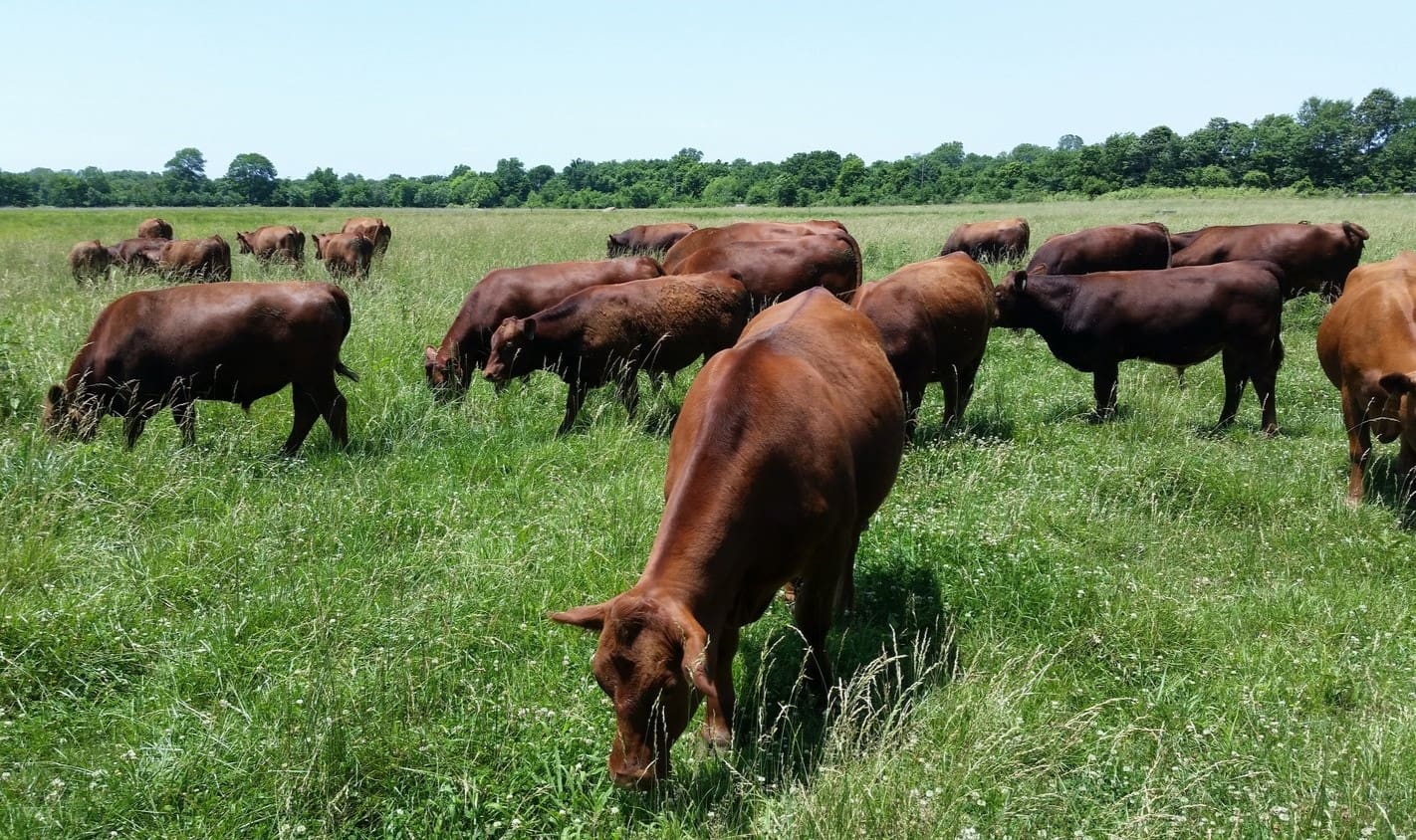
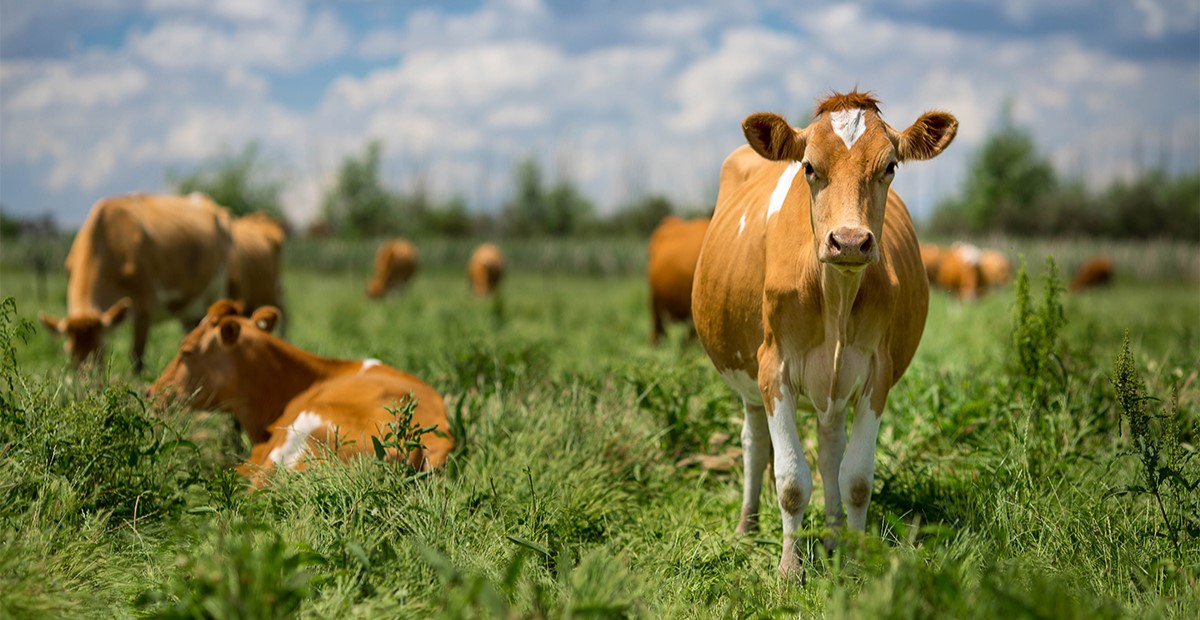

0 thoughts on “How To Raise Grass-Fed Cattle”